Today We Celebrate the Achievements of All St Catherine’s Women
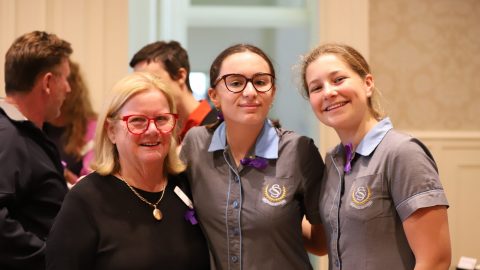
Every year on 8 March, International Women’s Day is celebrated around the world. At this time, we are surrounded by stories featuring inspiring, brilliant and often glamorous women who appear to have it all. It is easy to forget that International Women’s Day first arose out of the very unglamorous and sometimes dangerous fight for the rights of ordinary women all around the world. I have added for your interest below an extract provided by the Alliance of Girls’ Schools Australasia detailing the history of International Women’s Day.
This year, the United Nation’s theme for International Women’s Day is Think Equal. Build Smart. Innovate for Change. The organisation is looking to industry leaders, start-ups, social entrepreneurs, gender equality activists and female innovators to investigate how innovation can remove barriers to gender equality, encourage investment in gender-responsive social systems, and build infrastructure and services that meet the needs of girls and women. As the United Nations states:
“From mobile banking to artificial intelligence and the internet of things, it is vital that women’s ideas and experiences equally influence the design and implementation of the innovations that shape our future societies.”
Rather than focus on the achievements of the privileged few, the United Nations urges us to reflect on the progress that has been made, to continue to call for change and innovation that improves the lives of girls and women around the globe, and “to celebrate acts of courage and determination by ordinary women who have played a role in the history of their countries and communities”.
The St Catherine’s School year has commenced with the most extraordinary level of opportunity for our girls and community members to hear and learn from some of the most influential women in Australia. It has been an honour and a privilege to recently welcome Her Excellency, The Honourable Linda Dessau AC, Governor of Victoria, to officially open the new Junior School – Barbreck and The Honourable Julie Bishop MP, Member for Curtin in the House of Representatives, and until recently, the first female Minister for Foreign Affairs, who delivered inspiring addresses at our Senior School Assembly and our Foundation Breakfast and provided invaluable time to our VCE Global Politics and Legal Studies classes. Our Year 12 students also had the benefit of a highly motivating address given by the Lord Mayor of Melbourne, Sally Capp, who attended as our guest speaker at the Year 12 Breakfast in January.
Each woman, in her right, is more than a shining, exceptional example of women who successfully lead with a style that could only be defined as a ‘feminine strength’. Each woman has exemplified dignity, grace and courage throughout their leadership journey and importantly, each woman is an inspiration for our St Catherine’s students today.
Our annual International Women’s Day Assembly, hosted by our Year 10 students, focused on celebrating and acknowledging the work of women having a significant impact at the local level. Our guest speaker for Assembly, Mrs Chrissy Ryan, President of St Catherine’s Old Girls’ Association (SCOGA), shared the highlights and challenges of her career in the Design industry. Upon her own reflection, it is Chrissy’s volunteer work with SCOGA that has also provided her an enormous sense of fulfilment and professional engagement. Chrissy’s leadership of SCOGA exemplifies the notion ‘think global, act local’. In collaboration with the SCOGA Executive Committee, Chrissy focuses her energy towards creating opportunities to connect St Catherine’s women of different ages and stages of their careers to provide an avenue of support, career guidance and leadership mentoring. In recent years, SCOGA have hosted annual reunions and networking events across a range of industries: Law, Science, Medicine & Health, Business Leaders and Creative Design to enable many touch points for St Catherine’s women beyond the school gates.
In support of St Catherine’s women, SCOGA recently launched their inaugural Fellowship at the School’s Speech Night in 2018. The Fellowship aims to support the professional development of Old Girls and to positively impact our community through an ambassadorial role within the SCOGA community and as a role model to current students. This Fellowship offers a financial contribution of up to $5,000 towards further study, a project and/or related travel. I applaud the efforts of SCOGA and the Executive Committee who have worked tirelessly for many years to celebrate the achievements of our Old Girls. Most notably, the Nil Magnum Nisi Bonum project acknowledges the success of 51 women with their profiles adorning the walls of Sherren House, and now located in our new Barbreck building. Their wonderful stories provide a valuable insight into the professional capacity, generosity and contribution of St Catherine’s women over many generations.
In celebration of International Women’s Day, and all of the achievements of St Catherine’s women, our staff and students were invited to wear a ‘touch of purple’ today.
-
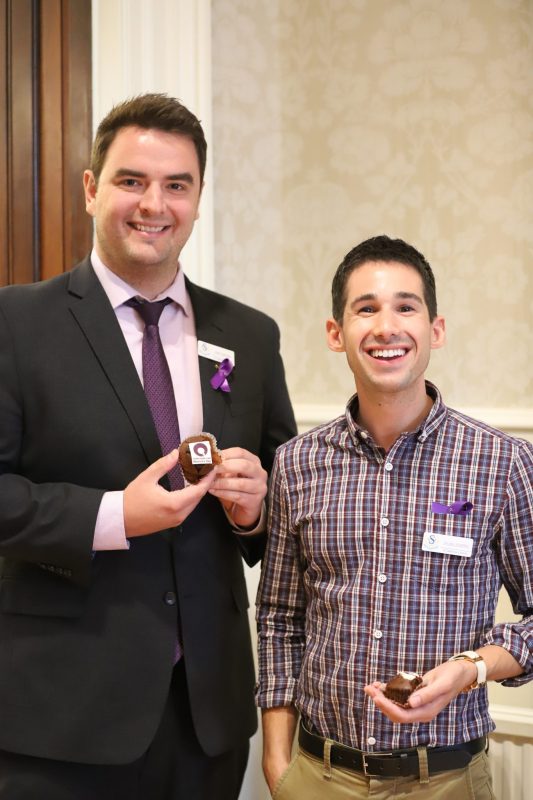
2019-03-08 10.23.37
-
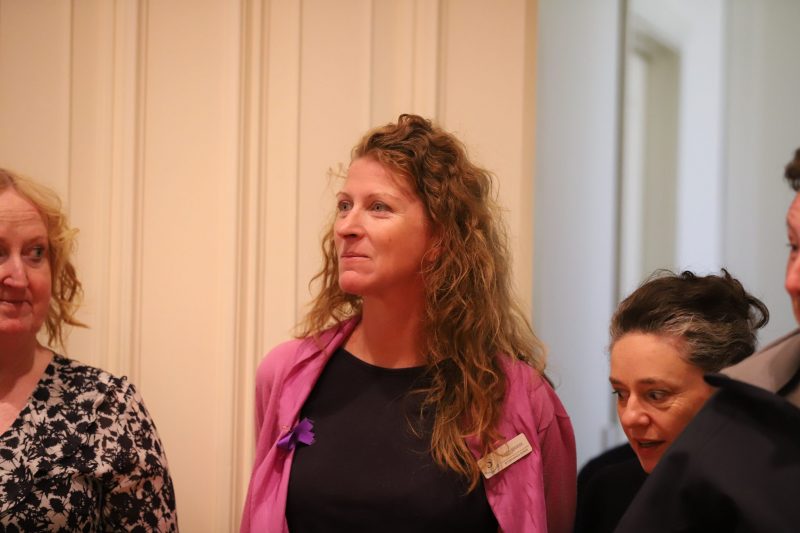
2019-03-08 10.25.05
-
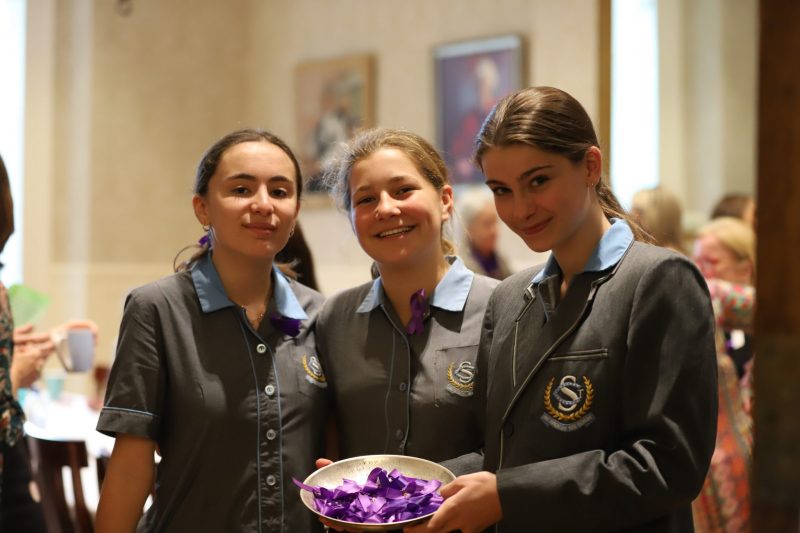
2019-03-08 10.19.28
-
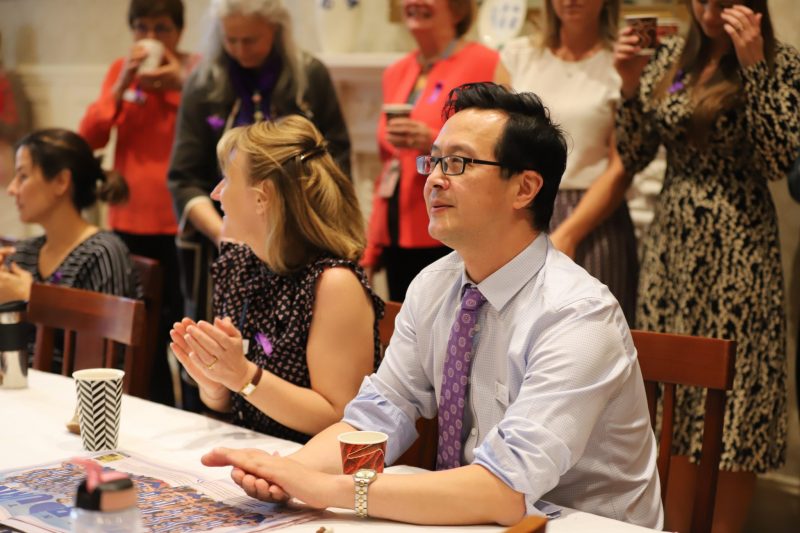
2019-03-08 10.24.10
-
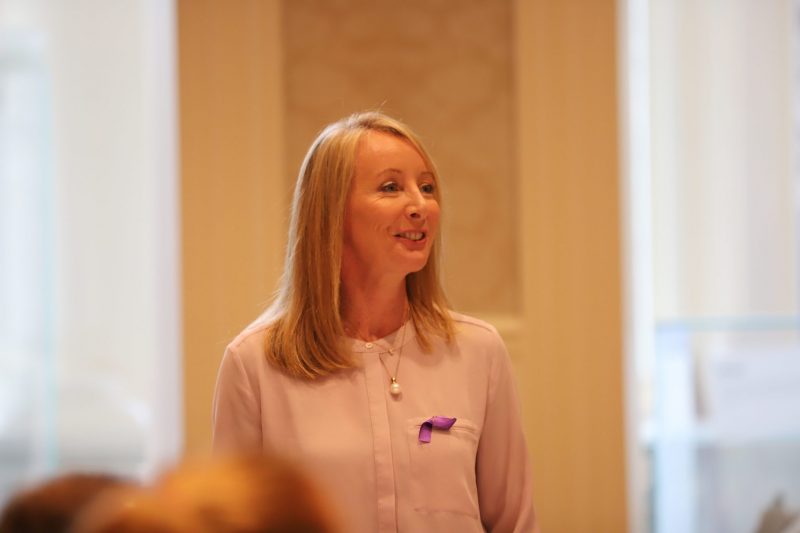
2019-03-08 10.27.39
-
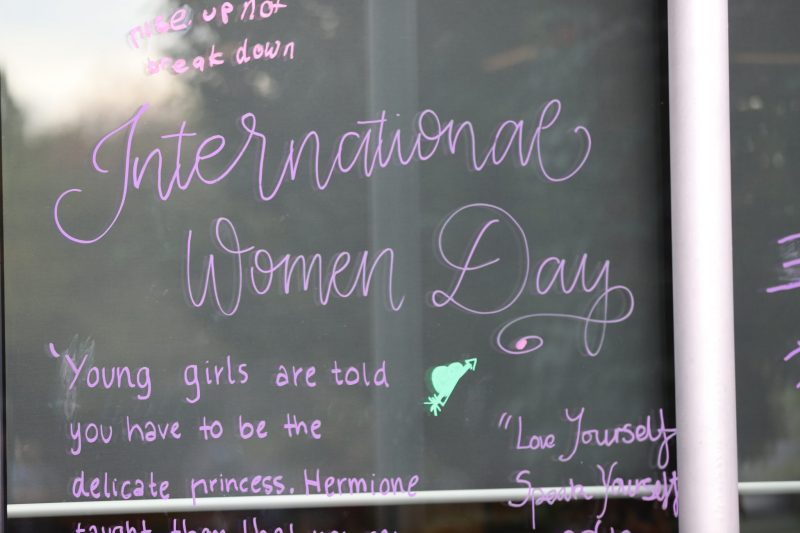
2019-03-08 10.30.53
-
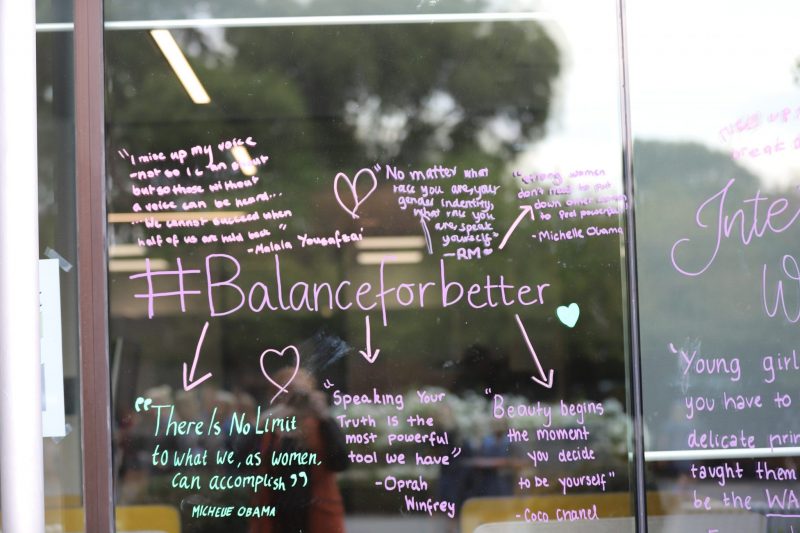
2019-03-08 10.31.03
International Women’s Day: Celebrating the purple, green and white
At the first Women’s Rights Convention at Seneca Falls, New York in 1848, Elizabeth Cady Stanton’s Declaration of Sentiments, modelled on the Declaration of Independence, famously declared, “We hold these truths to be self-evident; that all men and women are created equal”. Stanton’s statement was influential in the establishment of the modern suffrage movement in many countries around the world, including the United States, Europe, the British Isles and countries of the British Commonwealth, including Canada, Australia and New Zealand.
However, it was not until 1909 that the first National Woman’s Day was observed in the United States in recognition of the 15,000 women who protested against their appalling working conditions during the 1908 garment workers’ strike in New York. In 1910, over 100 women from 17 countries attending a Socialist International conference in Copenhagen voted to establish a Women’s Day to honour the movement for women’s rights and build support for achieving universal suffrage for women.
Only a few years earlier, the Alliance of Girls’ Schools Australasia — now representing over 175 girls’ schools in Australia, New Zealand, Asia and Africa — was first established to advocate for the equal education of girls in girls’ schools. The Alliance proudly adopted the colours of purple, green and white reflecting those first chosen by the Women’s Social and Political Union (WSPU) headed by British suffragette Emmeline Pankhurst ahead of a large street march in June 1908. As political scientist Emeritus Professor Marian Sawer writes, The Times newspaper estimated the crowd that day to number half a million women and supporters. Over 10,000 scarves were sold in the WSPU colours, which also featured on ribbons, brooches, hatpins and even bicycles. Purple was chosen by the Women’s Social and Political Union to represent dignity and self-respect, while green represented hope and new life, and white represented purity in public and private life.




